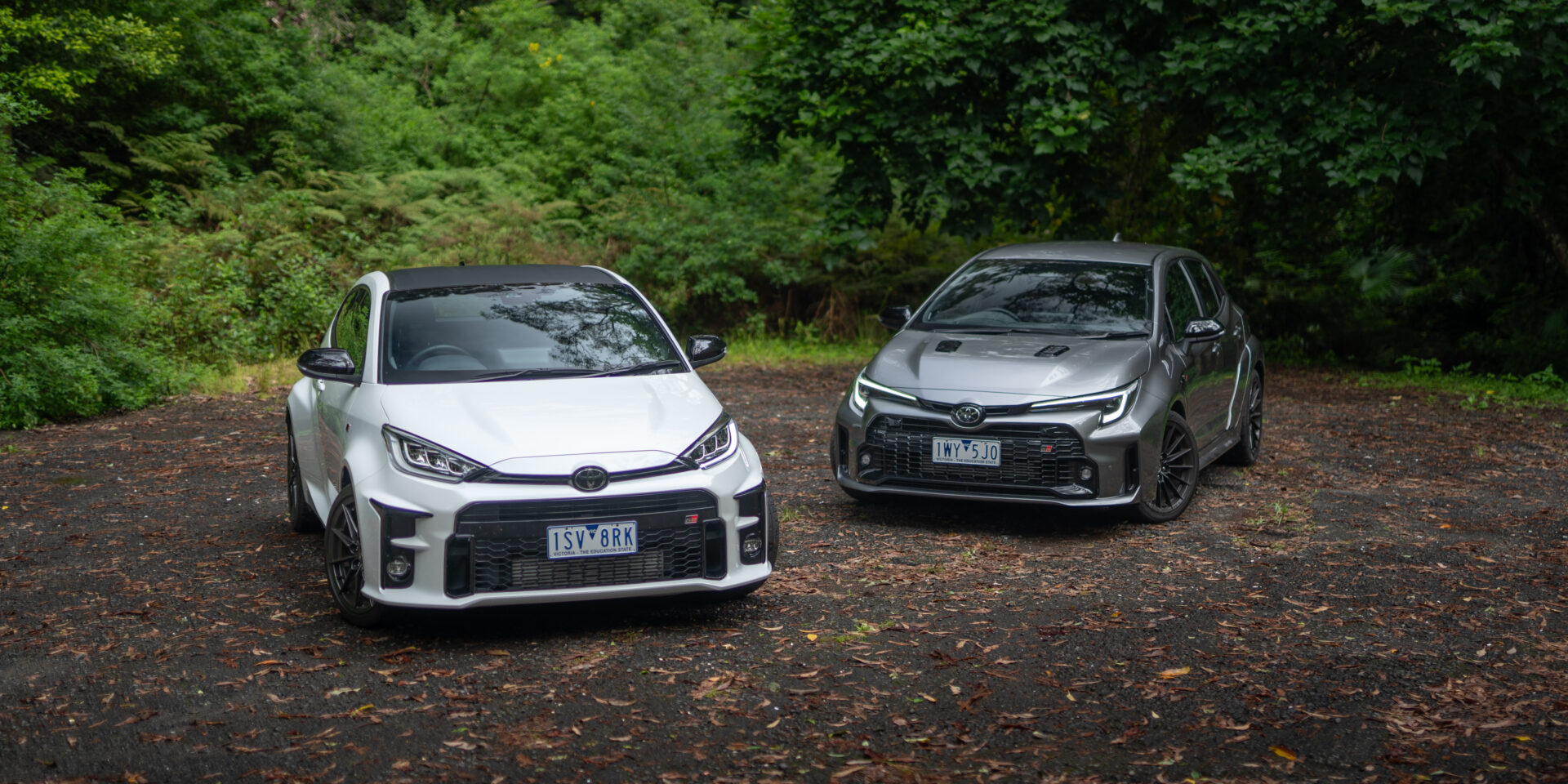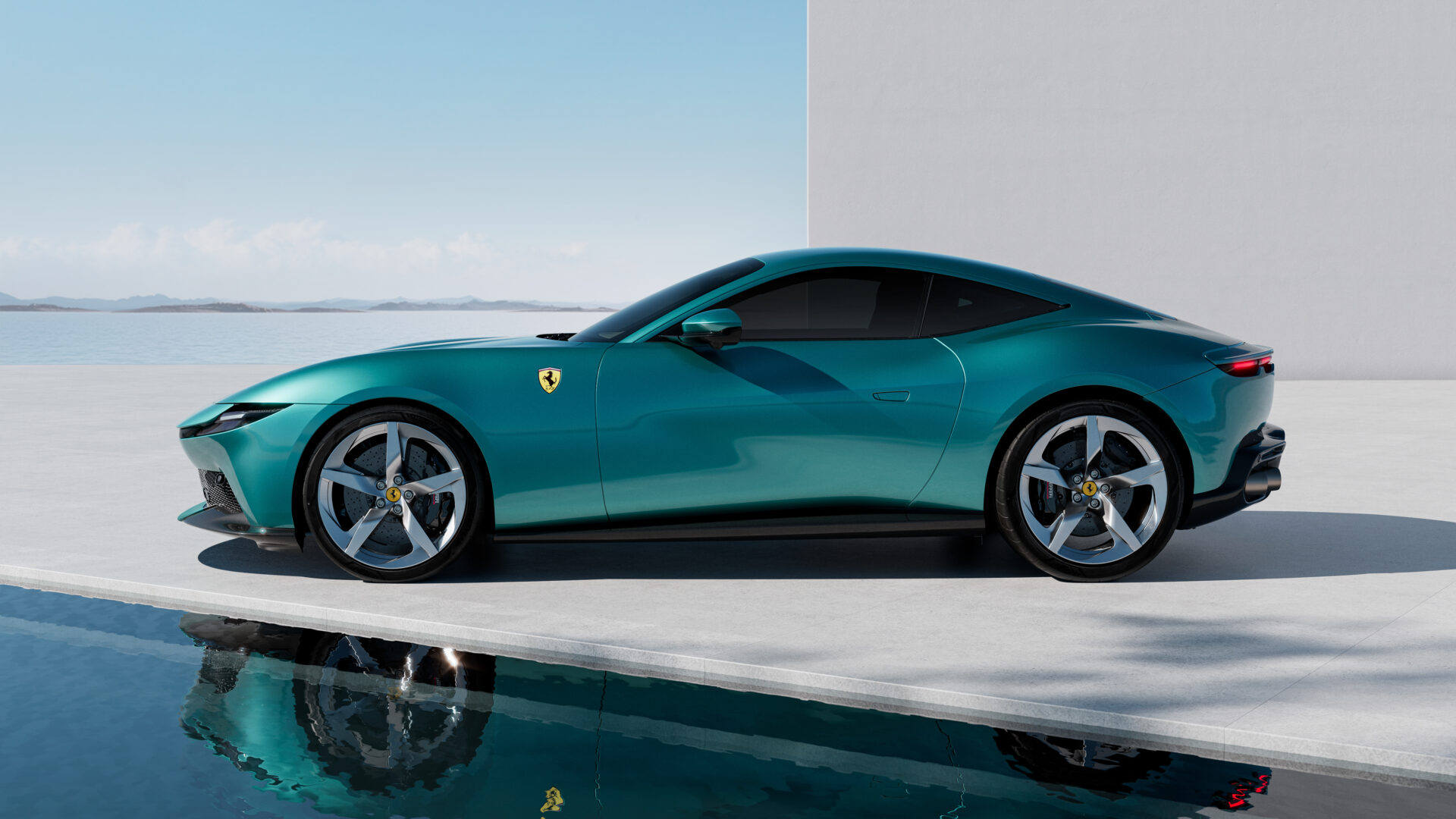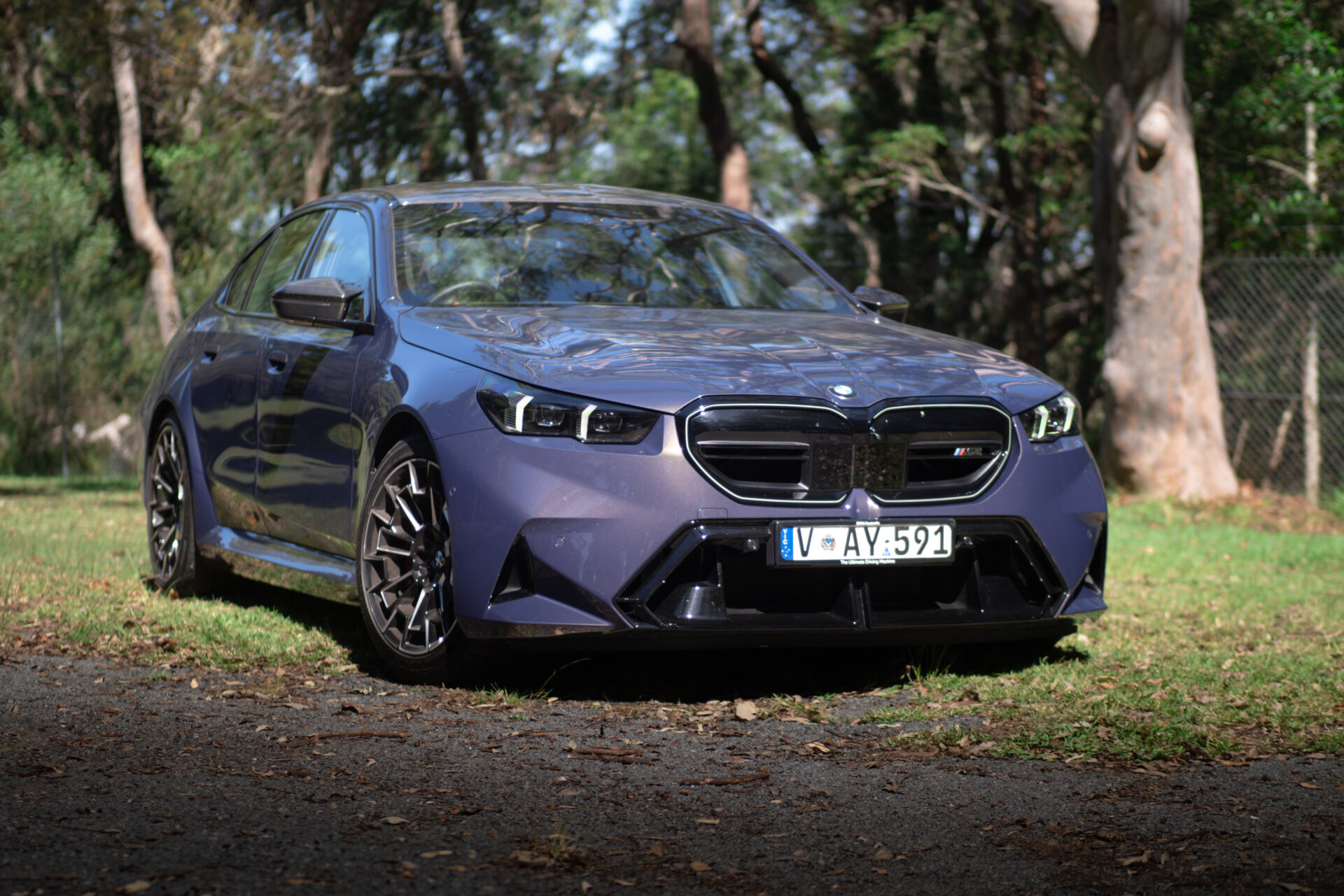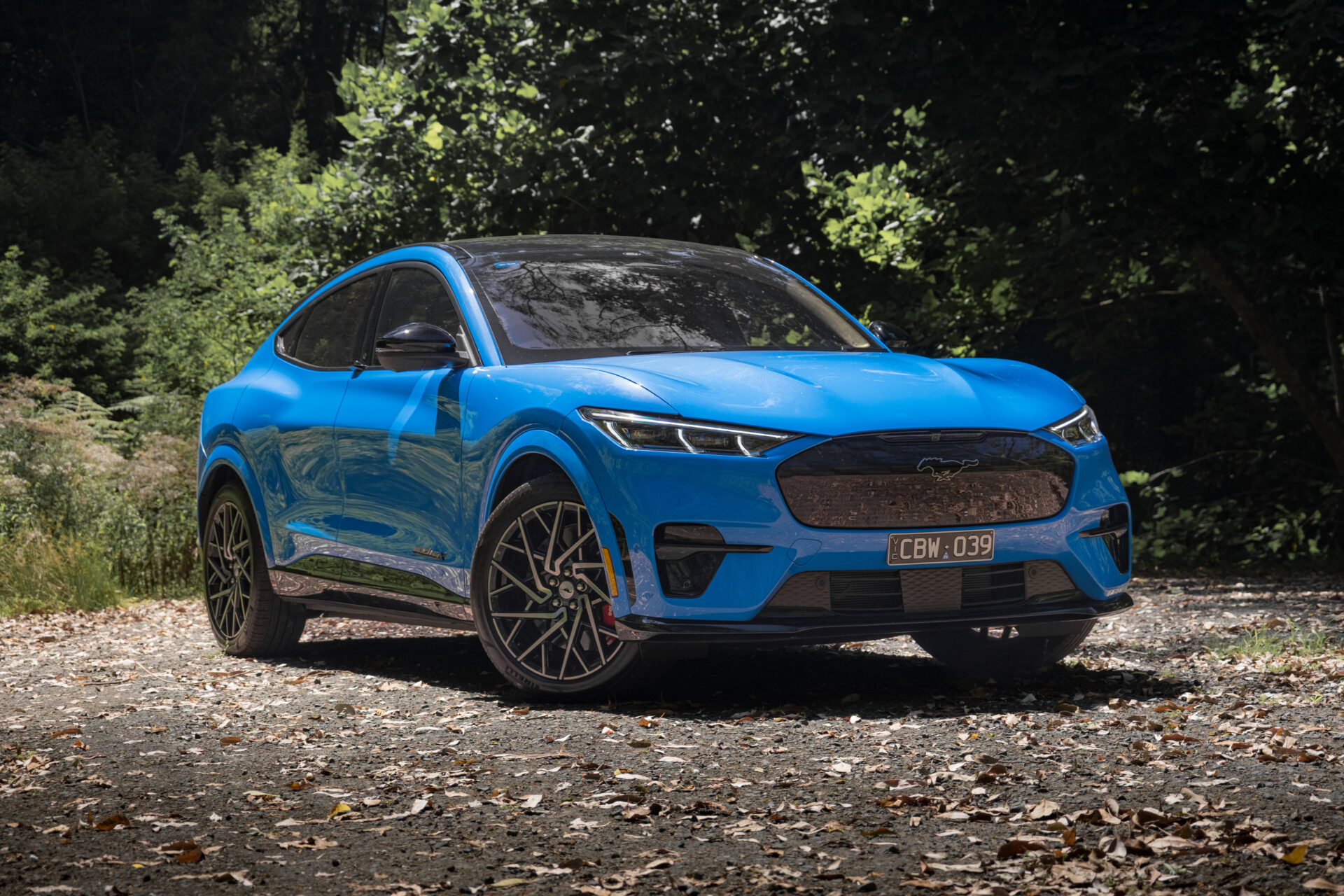
So someone is on stage taking the cover off their brand new, very shiny concept car. The room is full of “ohh” and “ahh”. There’s talk of what this car can do. Endless electric range. 0-100km/h in the blink of an eye. Drives itself to pick up the kids from school. Here’s the thing, though.
Most of it is nonsense. And it’s not how you should concept car.
Cast your mind back to 2016. The very start of 2016, to be exact, and the Consumer Electronics Show in Las Vegas. You know the show. It’s a three day extravaganza of $15,000 televisions, iPhone accessories, “smart” appliances that serve no purpose and, in more recent times, cars.
Why cars are at CES I don’t think I’ll ever understand, but that’s a think piece for another day.
At CES 2016, a US-based electric car company called Faraday Future debuted to the world its FFZERO1 electric concept car.
The promises were grand.
It had 1000 horsepower. A 0-60mph (0-100kmh, or close enough to it) time that was sub-three seconds. And its top speed was in excess of 200 miles per hour (320km/h-plus).

There was probably a claim that it could circumnavigate the world on a single charge as well, but Your Humble Correspondent couldn’t find that particular number.
It also looked like something that wouldn’t seem out of place on the grid of the 24 Hours of Le Mans, except that its cabin was made entirely of glass.
Even further back, October 2015, Mazda (yes, Mazda the actual car company) revealed the RX-Vision.

The RX-Vision wasn’t electric, far from it. It was a reimagining of the Japanese marque’s famed Wankel rotary engine. Yeah. Rotary. Like the old RX-7 and, continuing on the Le Mans theme, the 787B that won the twice-around-the-clock race in 1991.
Unlike the FFZERO1, the RX-Vision was said from the outset to be a look into the future sort of concept car, not quite the “here is a car we’re definitely going to make” type.
But it suffers from the same problem as Faraday Future’s dream machine.
It’s not real.
None of it is real. Not a single thing.
The car Faraday Future showed off at CES does not have 1000 horsepower, a sub-three second sprint to 100 or a 320km/h top speed.
Mazda’s RX-Vision did not have under its bonnet a modern take on the rotary engine.
While you could walk up to, look at and maybe even touch these cars when they debuted, they were fake.
Well not fake, because they were quite definitely things that existed, but they were little more than 1:1 scale models of a car. They had no ability to propel themselves even slightly under their own power, let alone achieve what was claimed of them.

At the Tokyo Motor Show, the RX-Vision didn’t even have a bonnet you could lift up to see the engine bay. The whole front of the car was sealed up.
When you’ve worked in the motoring industry for a while, you start to tire of concept cars. Yes, they look cool. But rarely, if ever, do they live up to the claims made about them.
And it’s terrible.
It’s a terrible thing. Yes, sure, it gets you lots of gushing headlines about how your car is the Next Big Thing that is going to Blow Tesla Away (if electric) or Make Ferrari S**t The Bed (if not) and then a month later you’ve forgotten about them because, well, it was all smoke and mirrors and nothing about them was ever based in reality.
It’s now several years later and the only car that has ever driven bearing the Faraday Future name is the Formula E team they sponsored. Meanwhile, despite innumerable stories about just how close it is to being here, there’s still no sight of the Mazda’s modern rotary.
If you want to get people properly excited about your concept car, let’s see it do the things. Build one that works. Or, at least, when you take to the stage as part of a multimillion dollar production to show off how it looks, keep your talking points on just that and own the fact your science-fiction propulsion system is still a work in progress.
I’m done with full-size Matchbox cars as something I should get excited about. If it doesn’t move under its own power, it’s not a car. It’s a shell.
There’s nothing bold about simply writing a press release then filling in the technical specifications with the output of a random number generator. That’s not development. That’s crap.
PS: Tesla.

I mentioned Tesla earlier, and you’re probably wondering why I didn’t include the Roadster or Semi as examples here. Well, they’re a bit different.
The Tesla Roadster 2.0 (or 2020, or just Roadster) will be Elon Musk’s sixth production passenger car when it launches in 2020, following on from the original Roadster of 2008, the Model S, Model X, Model 3 and Model Y. (Sidebar: Anyone who calls Tesla a “startup” when they’ve been making cars for a decade is wrong and should be ignored forever).
According to Musk, the new Roadster will have a 1000 kilometre range, achieve a top speed of more than 400km/h, do the 0-100km/h sprint in less than two seconds with the help of its electric motors which will put 10,000 newton-metres of torque through its four wheels.
To describe these claims as outlandish is probably an understatement.
But here’s the thing. The Roadster shown off wasn’t a concept. A prototype, sure, but not a concept. They’re going to make it (Maybe – Ed.). And the demonstration model revealed at the event moved. Quickly.

Will it do what Elon says it will? I’m skeptical. At the moment they’re still struggling to built Model 3s to the standard you’d expect of an early-90s Hyundai Excel let alone the “premium” product they’re promising. They’re also struggling to build them at a rate that will see them fulfil orders before the heat-death of the universe.
10,000 newton-metres is a lot of torque. I cannot for the life of me wrap my head around how that is going to be applied to the road without ripping the tyres to shreds. But they’ve still got the best part of two-years to sort that out. So maybe it will happen.
The point is, there’s more to believe about Elon’s claims (oddly enough) than there was about Faraday Future’s or Mazda’s.





Leave a Reply